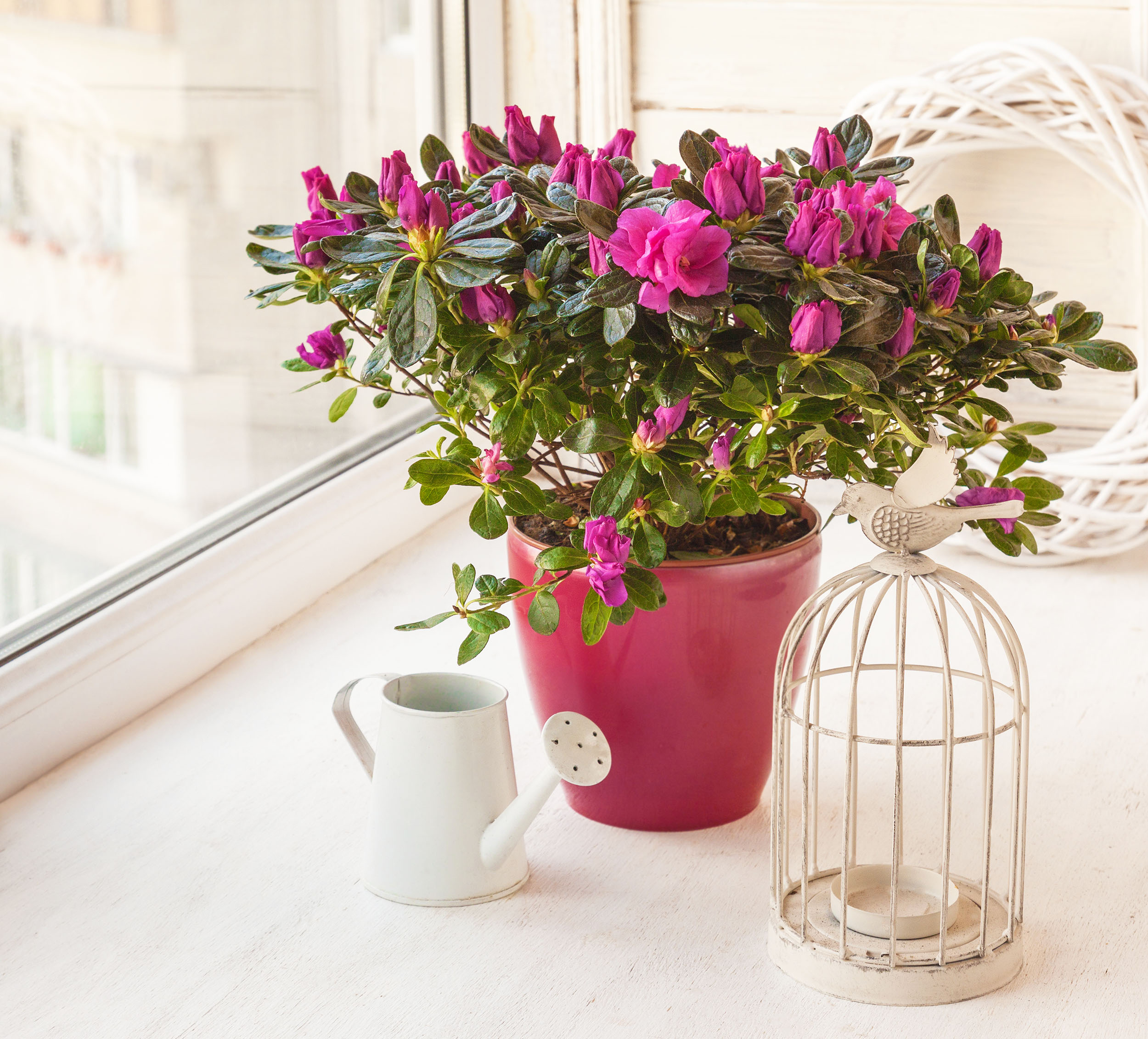Best Plants to Improve Indoor Air Quality

Rhododendron -- indoor azalea houseplants
Rhododendron — indoor azalea houseplants
Rhododendron is a genus of 1,024 species of woody plants in the heath family (Ericaceae), either evergreen or deciduous, and found mainly in Asia, although it is also widespread throughout lowland and montane forests in the Pacific Northwest, California, the Northeastern United States, and especially in the highlands of the Appalachian Mountains of North America.
It is the national flower of Nepal, as well as, the state flower of Washington and West Virginia in United States, the provincial flower of Jiangxi in China and the state tree of Sikkim and Uttarakhand in India. Most species have brightly colored flowers which bloom from late winter through to early summer.
Azaleas make up two subgenera of Rhododendron. They are distinguished from “true” rhododendrons by having only five anthers per flower.
Rhododendron is a genus of shrubs and small to (rarely) large trees, the smallest species growing to 10–100 cm (4–40 in) tall, and the largest, R. protistum var. giganteum, reported to 30 m (100 ft) tall.
The leaves are spirally arranged; leaf size can range from 1–2 cm (0.4–0.8 in) to over 50 cm (20 in), exceptionally 100 cm (40 in) in R. sinogrande. They may be either evergreen or deciduous. In some species, the undersides of the leaves are covered with scales or hairs. Some of the best known species are noted for their many clusters of large flowers.
There are alpine species with small flowers and small leaves, and tropical species such as section Vireya that often grow as epiphytes. Species in this genus may be part of the heath complex in oak-heath forests in eastern North America.
They have frequently been divided based on the presence or absence of scales on the abaxial (lower) leaf surface. These scales, unique to subgenus Rhododendron, are modified hairs consisting of a polygonal scale attached by a stalk.
Rhododendron are characterised by having inflorescences with dry perulae, a chromosome number of x=13, fruit that has a septicidal capsule, an ovary that is superior (or nearly so), stamens that have no appendages, and clumped pollen.











